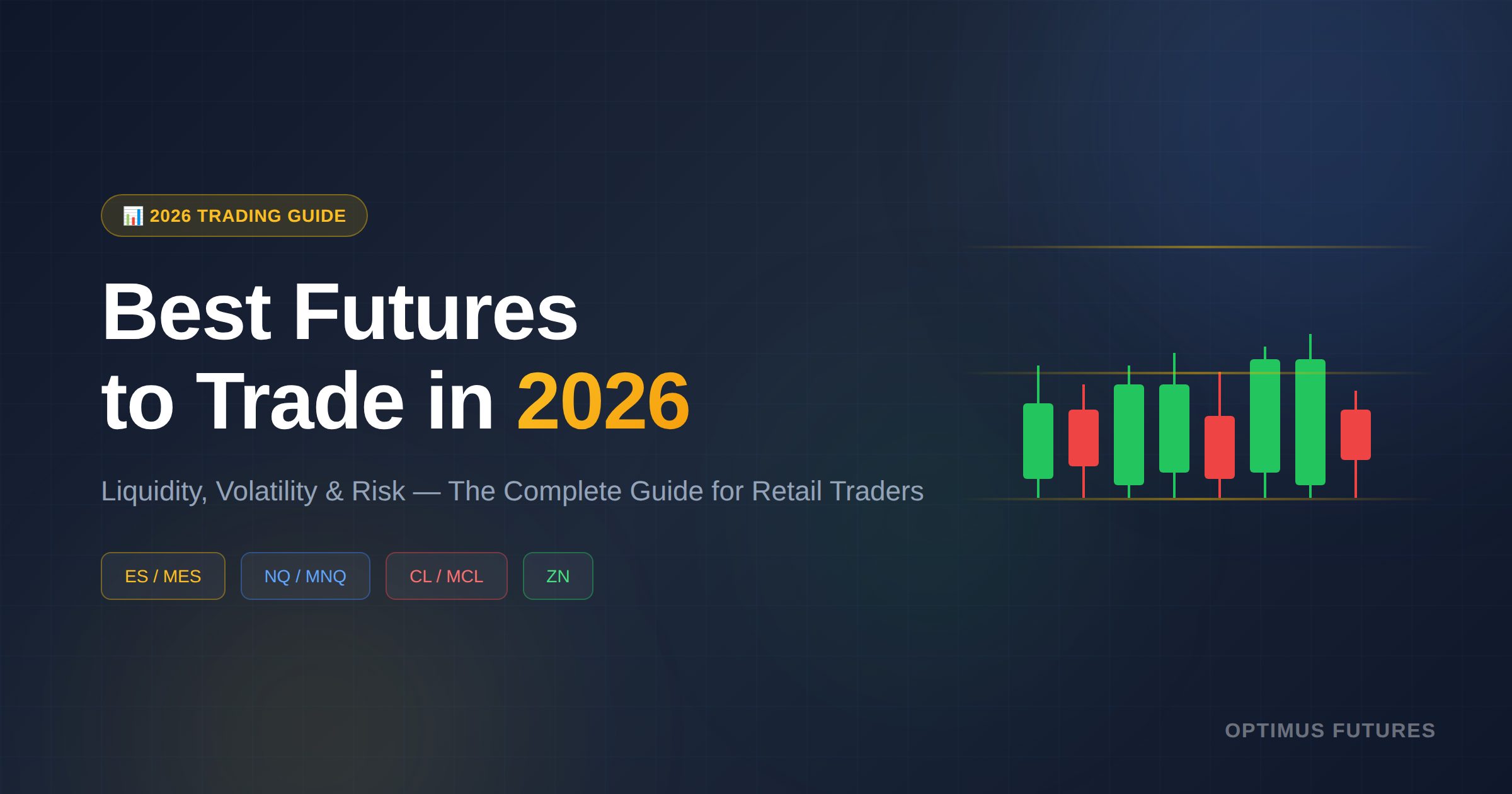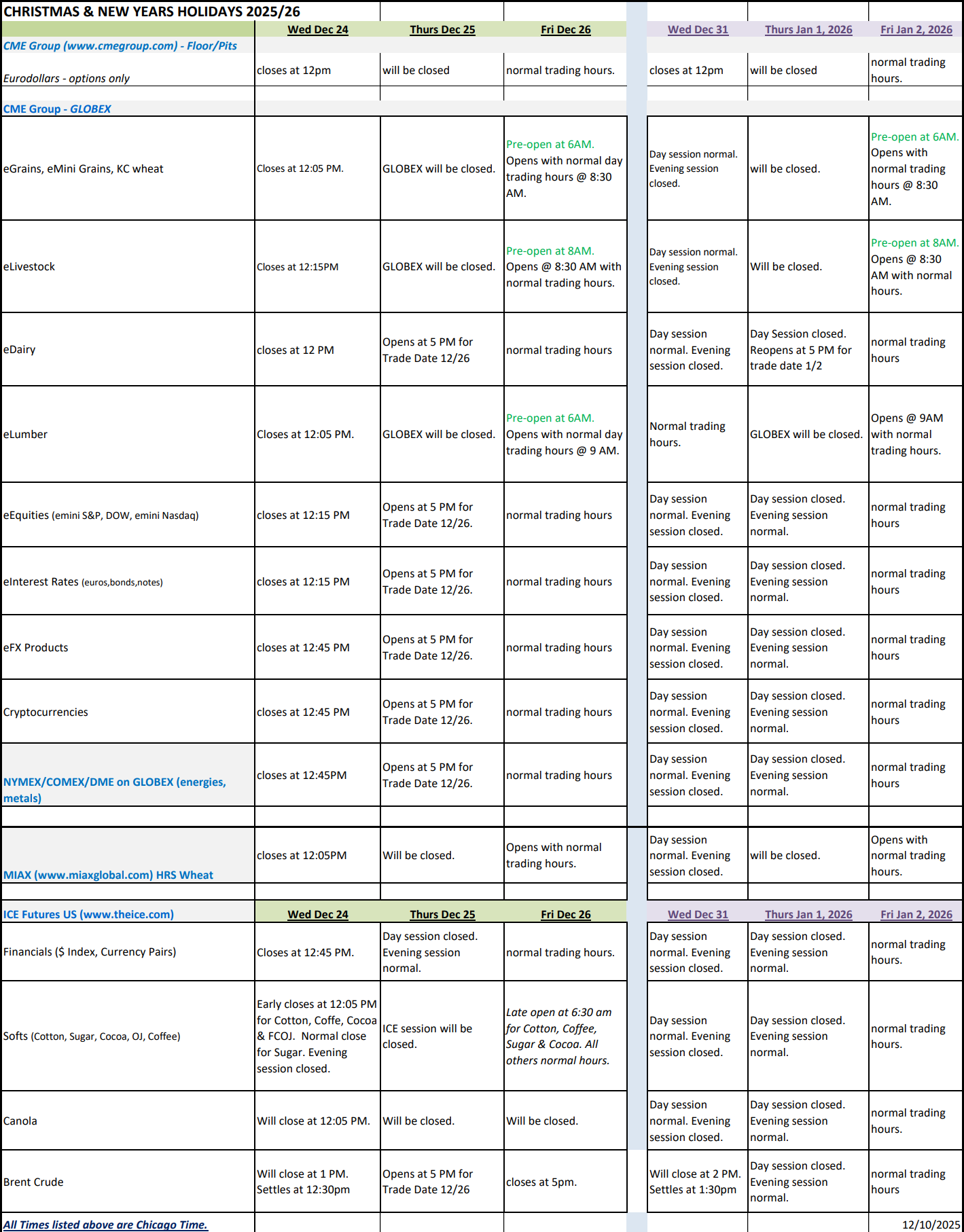There are two mistakes most traders make and they are the main reasons why so many retail traders struggle. First, they believe that they can just pick a random trading strategy, follow the instructions and start hunting signals. And second, they apply that same method across different markets and time-frames to get more trades, without making any changes. Needless to say, such an approach leads to inconsistent trading results and the traders are not even aware that what they are doing is going against all market and trading principles.
Traders love shortcuts. They don’t exist in trading
We are not here to blame you because it is not your fault. Nobody in the world of trading talks about this topic because it would destroy the image of how 99% of all retail traders approach the market and how vendors sell their methods.
Knowing that you would have to adapt to different markets and not just use a trading method like a blueprint and randomly apply it across markets and asset classes sounds like a lot of work. Traders, like most humans, prefer to look for shortcuts and taking one trading strategy and trying to see where it fits is one of those trading shortcuts that lead to nowhere.
When it comes to success, there are no shortcuts.
– Bo Bennett
Who moves the markets? What are the big players doing?
To understand why randomly applying one method to different markets is not going to work out, you have to understand who drives the markets first. The “smart money” and the “big players” are pension funds, central banks, large hedge funds, corporations and other non-commercial hedgers. Typically, inside such organizations, there are different teams specialized in different markets. But it often goes much deeper – traders and investors not only specialize in individual asset classes and markets, but also on different sectors, geographies and even regions.
You will seldom see one professional trader have trades all over the place and across different markets. But even more importantly, the traders who are active in one market are often the same people day in and day out because it is their job they go to every morning.
People drive the financial markets, and personalities, risk appetite and character traits can, of course, vary significantly from person to person. Thus, and this implication is the key to understanding this topic, when the same people trade the same markets day in and day out, you can often see that individual markets behave very differently. Some traders refer to it as “different markets have different characteristics or personalities.”
Now let’s take a closer look at how different “market personalities and characteristics” manifest on your charts.
Every market has its unique personality
We hope that it is clearer by now how the “smart money” approaches the markets and how the structures of professional trading organizations shape the markets. The following three points discuss the differences between different asset classes, and why one method cannot work on different markets without making adjustments.
Volatility and momentum
Whether it is Forex, commodities or equities, it is obvious that some markets mover very different from others. Whereas some markets show explosive moves and move dozens of points in a day, others barely move and follow different patterns.
The way trends and other price moves play out can vary significantly across different markets and, thus, using one method and applying it to different situations usually always leads to inconsistent trading results. The way to time entries, or how to set stop loss and take profit has to change based on the market.
Squeezes, open-plays, and market moves
Some markets are well known for their squeeze moves and others follow a very strict open play. Different traders move markets in different ways and the individual personalities shape markets in unique ways.
Thus, it is important to observe the market you trade carefully to spot its repetitive movements and to become a feeling for its unique characteristics.
What drives one market? What else influences decisions?
Retail traders often treat individual markets like they exist in a vacuum. The truth is, financial markets are interwoven and highly interconnected. And developments in one market can drive moves in a different market.
For example, a Forex trader should always monitor equities or indices and the fixed income market. A commodities trader should observe currencies and fundamental developments. Most traders do not follow other markets because of lack of knowledge or overwhelming amount of information. However, being a trader is much more than just pattern recognition and observing indicators; financial markets can’t be treated like they exist by themselves.
How can you improve your trading method?
Finally, after we have discussed the general problem and why the usual trading approach does not work, we can look at ways to improve your trading. There are two concepts and tips that can help your trading overcome the common challenges.
Become the specialist in your market – one by one
Before trying to trade multiple markets, become the expert in one. Pick your trading method, chose one market and then try to make it work. Professional trading is all about expertise and developing superior knowledge. Learn everything there it about your market and your method.
Perfect your trade entry process, how you place stops and profit orders, how you identify changing market conditions, which other markets influence your primary market and spot the unique characteristics of it.
If you can’t trade one market profitably, do not try to look for other opportunities.
Evaluate markets separately and methods separately
Most traders just throw all their trading data and performance metrics together and then try to make sense of it. The truth is, you have to analyze every bit of your trading separately.
For each market, time-frame and method you trade, you have to perform a unique performance analysis. It is essential to analyze method and markets separately to be able to find weaknesses. You have to find out which variables of your method work well and which need adjustment.
There is a substantial risk of loss in futures trading. Past performance is not indicative of future results. The placement of contingent orders by you or broker, or trading advisor, such as a “stop-loss” or “stop-limit” order, will not necessarily limit your losses to the intended amounts, since market conditions may make it impossible to execute such orders



